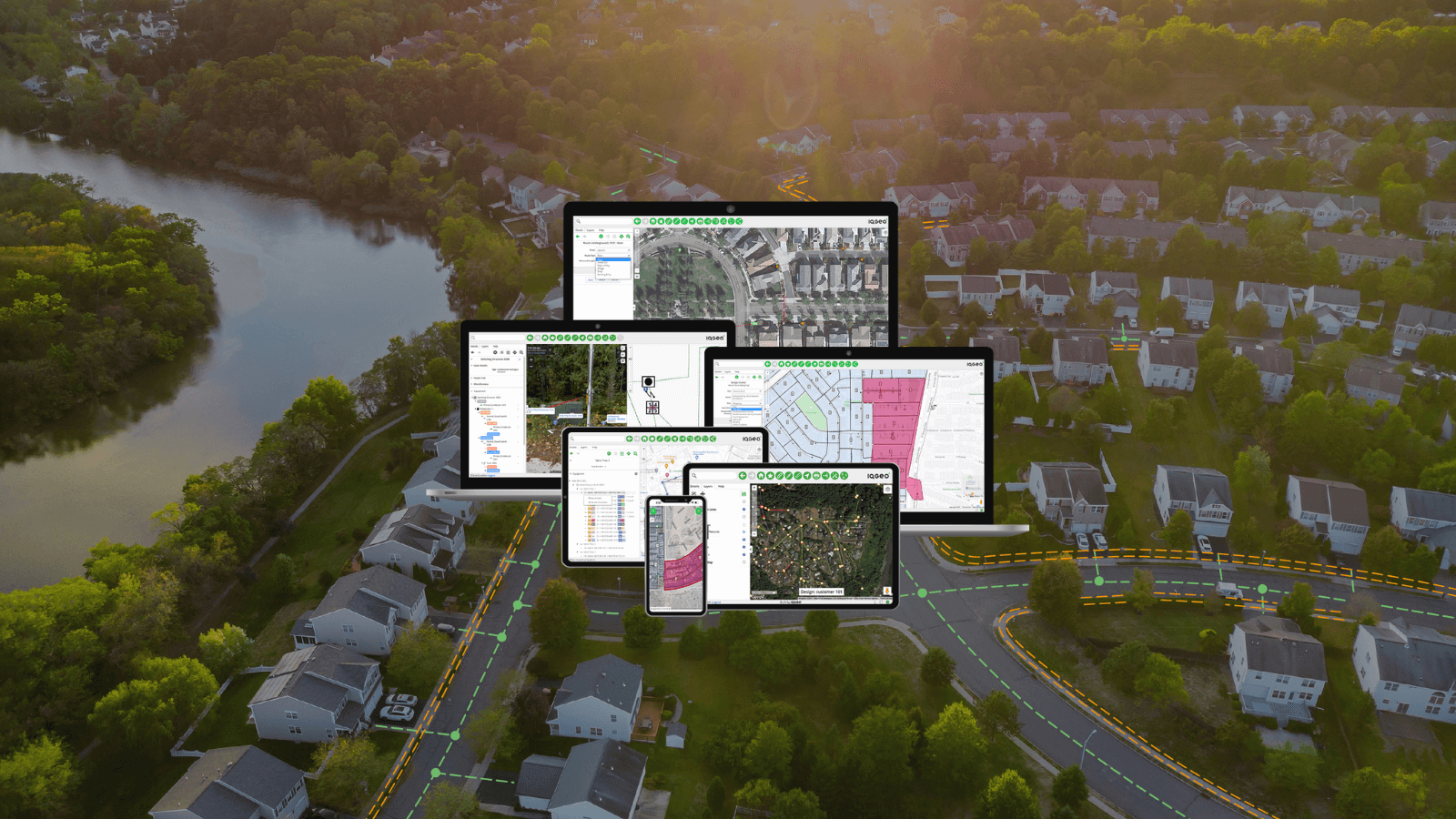Over the years, the internet has become an essential aspect of our lives, revolutionizing how we work, communicate, and socialize. As the usage of the internet has increased, the telecommunication industry has had to keep up with this trend by continuously innovating to provide faster and more reliable internet services.
The increasing dependence on the internet is driving continuous adaptation among telecom operators to meet the growing demand. One of the most significant innovations is super-fast fiber broadband, which has replaced the traditional copper cables and can handle virtually any internet-intensive activity with ease.
Another notable innovation is the advent of 5G internet, which allows users to access the internet on the go and at unprecedented speeds. This technology has enormous potential for applications like autonomous driving..
To deliver these new technologies, telecom providers have had to improve their operational infrastructure. One of the ways they are doing this is by creating digital twins of their network. This technology allows field and office teams to manage and track network changes, improving efficiency and reducing the likelihood of outages.
Additionally, the trend towards remote and hybrid working has led to an exodus of professionals from cities to rural and suburban areas, creating new markets for telecom operators to serve. This migration has been significant, with 8% of Londoners choosing to relocate. As the internet has become increasingly important in our daily lives, governments worldwide have set up initiatives to ensure that all households have broadband access. For example, the UK government aims to have 95% of all households connected to full-fiber broadband by 2025.
With the support of government initiatives and the potential for new markets, operators need to focus on high-velocity deployment strategies to take advantage of this opportunity. The question is, how do operators get started?
Problem-solving for success
While innovation has led to great technology, providing excellent service to customers requires more than just this. The telecom industry has access to markets, technology, and government support, making it an opportune time to shift focus from ideation to problem-solving. Operators who prioritize active problem-solving will build customer trust and loyalty.
To transition from ideation to delivery, operators can follow three steps:
1. Create a strong workforce
In the telecom industry, having a strong workforce is crucial for success. Operators need a mix of new and experienced employees who are skilled in implementing and using new technologies and process workflows effectively.
While new technology has been the industry's focus for a long time, moving into the implementation phase requires a shift towards a human-centric approach. Operators must ensure that their employees are not overwhelmed with unproven technology. Instead, they need to provide opportunities for employees to test and evaluate new technology, understand its value, and optimize processes accordingly. This approach will ensure that employees are fully equipped to deliver high-quality services to customers.
Additionally, as well as training existing employees on the latest technology, organizations need to develop new strategies for hiring and retaining new talent if they want to stay ahead of competition. According to McKinsey’s study on future workforce needs, 87% of organizations are either currently experiencing skill gaps, or are predicting to endure this problem in the next several years. The study directly calls out the telecom industry as facing dilemmas in this area.
To make things harder, the wider tech industry is experiencing increased difficulty hiring new talent. Mastering the hiring of new talent and the retention of existing employees will create a resilient and future-proof workforce.
To create a resilient and future-proof workforce, telecom operators can adapt to the new digital-native workforce by leveraging their expectations and competencies. Digital twins, which integrate all network data into a single view, can cater to the strengths of Gen Z and millennials. By modernizing business operations in this way, operators can provide the tools that the next generation of workers expect and need to work effectively towards meeting business targets.
2. Incrementally implement technology
Operators face challenges when implementing technology as it continues to evolve and change, and they must consider their approach carefully. A hasty approach of a dramatic technology overhaul may not be the best route due to time constraints and high risk. Waiting for full implementation can be time-consuming and unrealistic, and some solutions may have marginal benefits.
Operators can reduce the risk of wasted resources by implementing technology in smaller stages, focusing on incremental benefits. This approach allows for swift implementation of manageable solutions and enables results to be assessed rapidly for course corrections. In addition to reducing the risks associated with the "big bang" method, incremental implementation can create a continuous stream of benefits that deliver consistent value to customers and the business.
Operators can start by identifying the area with the greatest pain point and implement technology to improve it. If it works, the technology can be applied to similar issues and gradually overhaul the entire business.
Automating the design process is a proven technology that can greatly increase deployment velocity. Operators should first create strong digital geographical input data to maximize the impact. Incremental implementation of these solutions leads to a more effective overall business. For example, Central Service Association sought a mobile solution that could also do more than locating the network and equipment in the traditional way of a GIS. This was achieved through implementation of a single, easy-to-use interface for mobile mapping as well as updating data from the field and immediately posting it to their system of record.
3. Identifying success stories for inspiration
To find guidance on transitioning from innovation to execution, operators can draw inspiration from Brightspeed, a prominent US internet provider. Brightspeed has achieved remarkable progress in its fiber optics network expansion by significantly speeding up planning and construction processes.
Brightspeed employs advanced Optical Distribution Network (ODN) technologies based on fiber optics to efficiently establish its network. Additionally, they utilize integrated software capable of creating a digital twin of the network architecture. This innovative approach enables Brightspeed to enhance efficiency and expedite the deployment process. Consequently, the company can expand the availability of its network within the market.
By adopting this strategy, Brightspeed has achieved a significantly faster network expansion compared to a conventional large-scale project approach. Leveraging their high-velocity deployment method, the provider aims to connect approximately 3 million homes and businesses within a span of five years. This approach extends to areas where fiber infrastructure is still limited, enabling Brightspeed to efficiently tap into broader markets.
Telecom operators who follow the incremental implementation and utilization of new technology, inspired by Brightspeed, can seize the current business opportunity window. By taking prompt and decisive action, these operators can gain a substantial competitive edge, enhance market share, and position themselves at the forefront of the industry.
Webinar: The secret to accelerating your fiber planning and design process
The FTTx landscape is more competitive than ever. Did you know that an automated fiber planning process can reduce your design times by up to 90% and integrating construction workflows can save up to 10% on your build costs?
View our webinar to learn about the benefits of an integrated planning, design, and construction process.

SVP of EMEA at IQGeo


 Previous
Previous







